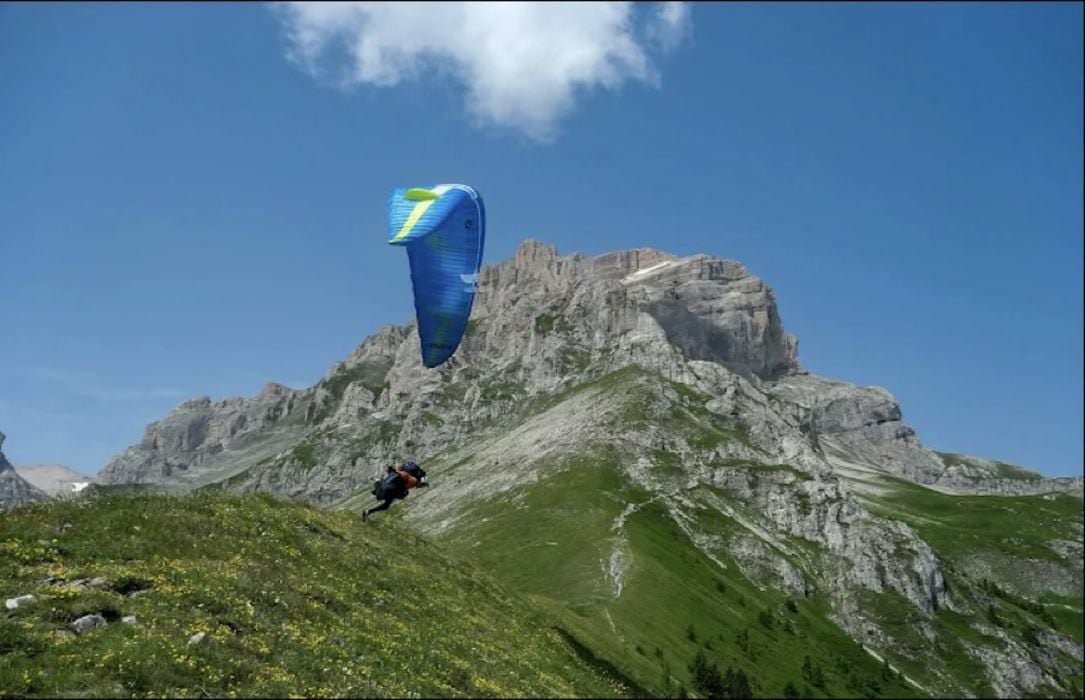
One of Sculpteo’s customers has developed a new application for 3D printed parts: customized paraglider parts.
Sculpteo, now owned by BASF, provides manufacturing services, including 3D printing, to worldwide customers. They’ve partnered with Ozone, a UK-based operation providing paraglider, paraglider parts, paragliding training, and more.
3D printing has taken hold in the aerospace sector, as it can provide radically new designs for complex parts and, more importantly, reduce the weight of those parts. That’s critically important for any aerospace application.
Paragliding is, in fact, part of the aerospace market: it requires lightweight parts, just as aircraft and spacecraft do. That’s where the partnership with Sculpteo comes in.
Ozone is using Sculpteo’s service to produce customized elevator handles, which are optimized for the operator. Sculpteo explains:
“Elevator handles, a crucial component for paraglider control, now benefit from the advantages of 3D printing. In collaboration with Sculpteo, Ozone has designed handles perfectly tailored to the pilot’s body type, reducing drag and improving glide during flight. As a result, these handles offer improved stability management during straight flight and optimized turn performance, complementing conventional brake controls.”
There’s another interesting advantage here, which happens during the development phase of Ozone’s new products. Normally, plastic parts are made using injection molding, which requires making molds. These are expensive and time-consuming during product development. 3D printing does away with that entirely, as no molds are required: just print the part.
This allows Ozone to quickly iterate on prototypes to arrive at a final design much faster. However, there’s an additional twist with paragliding applications.
Testing of a prototype involves, as you might guess, actually flying a paraglider with the new part. The problem is that flying a paraglider is quite dependent on the weather. These fragile craft are highly sensitive to wind conditions and are usually constrained to certain times of day. In other words, even if you have a prototype finished, it could take a while to get it properly tested.
Imagine waiting a long time for an injection-molded prototype — and then waiting even longer for weather to clear for testing. The ability to obtain 3D-printed parts more quickly means they can test more quickly and finalize the design.
Ozone Marketing Manager Nicolas Cochet explained:
“Our partnership with Sculpteo and the use of 3D printing allowed us to transform our approach to the production process. We can now offer standardized parts to our customers in record time. Our pilots benefit from high-performance, fully customized equipment for an even safer flying experience.”
I can’t imagine Ozone not using 3D printing in the future after learning of these advantages. Once a company discovers the benefits of the technology, it’s there to stay.
